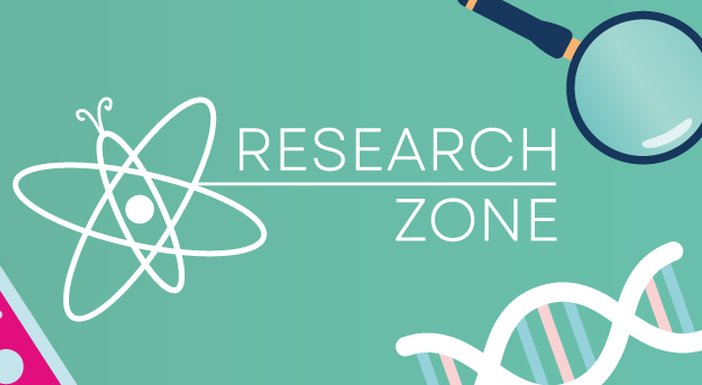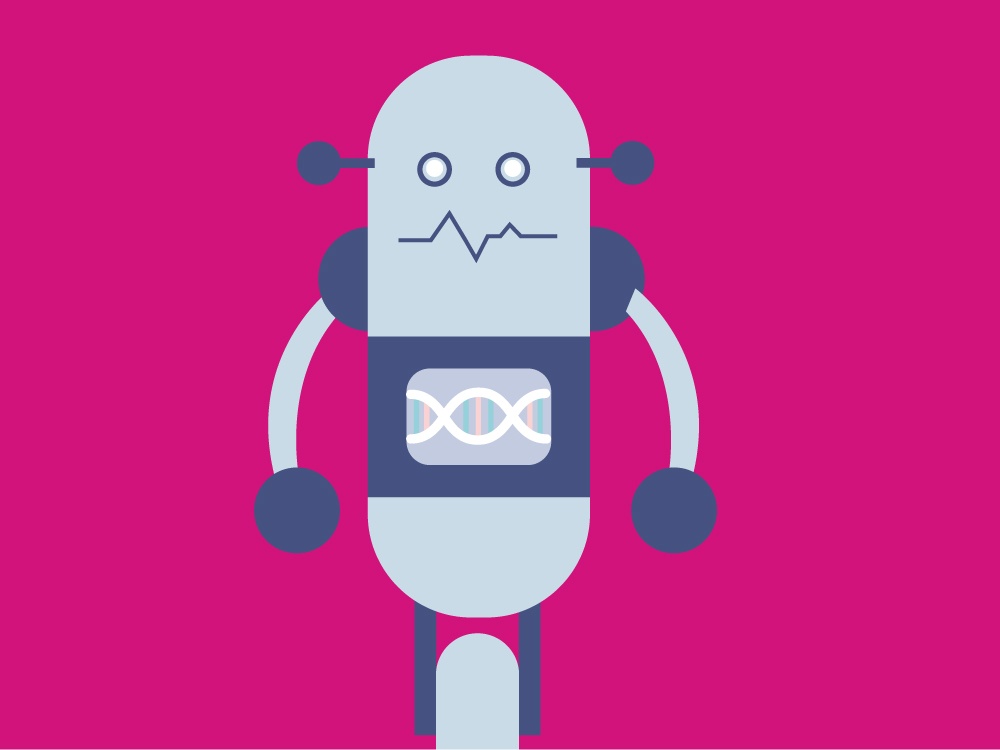Artificial Intelligence (AI) is helping advance Lily research in more ways than you think...
AI has been making headlines for everything from self-driving cars to virtual assistants, but did you know it’s also quietly transforming the world of mitochondrial disease research?
Right now, AI is becoming a very powerful tool that could bring us closer to effective treatments and better outcomes for the mito community.
Better diagnoses, faster answers
Getting an accurate diagnosis for mitochondrial disease can take years. Symptoms often overlap with other conditions and genetic testing doesn’t always provide clear answers.
AI is changing that. Researchers are now using AI-powered tools to quickly identify mutations in mitochondrial DNA (mtDNA) or nuclear genes that affect mitochondrial function. These tools analyse thousands of errors at once, flagging the ones most likely to be disease-causing.
Our very own Precision Medicine Diagnostic project is harnessing this very technology. This innovative initiative uses AI to combine clinical data, genetic testing and much more to identify mitochondrial disease faster and more accurately.
Use of AI in drug discovery
Developing treatments for mitochondrial disease is notoriously complex but AI is helping researchers cast a wider, faster net.
AI-driven drug discovery platforms are being used to predict how different molecules might influence mitochondrial metabolism, energy production and much more.
It sounds high tech, but in simple terms, a drug discovery platform is like a toolbox that helps scientists find new medicines faster and more efficiently.
Imagine you're looking for the right key to unlock a door. The door represents a disease and the key is a drug that can treat it. Instead of trying thousands of random keys one by one, a drug discovery platform uses smart tools like computers, robots and chemistry to quickly figure out which keys are most likely to work.
These platforms might include things like:
- names and details of known drugs
- computer models to predict how a drug might interact with the body
- lab automation to run experiments more quickly
- AI to spot patterns that humans might miss.
AI in drug discovery works like a super-smart assistant that can quickly analyse huge amounts of scientific data such as chemical structures, biological pathways and past experiments. It learns patterns from this data and helps scientists to find parts of the body a drug should target, design new drugs and predict how effective and safe these would be before testing them on people.
The goal is to speed up the process of finding safe, effective treatments – a process which normally takes many years and a LOT of money.
The Lily Foundation is also proud to be a key UK patient organisation involved in C-PATH’s Mitochondrial Disease Drug Development (MDDD) programme – a collaborative US-based initiative aiming to standardise and speed up drug development for mitochondrial disorders. AI and machine learning are at the heart of this programme, helping to analyse natural history data and identify biomarkers that could support clinical trials and regulatory approval.
By being part of this international effort, we’re ensuring the UK mito community has a voice in shaping how AI and data science drive real progress in treatments.
Personalised medicine and predictive power
Every mito patient is different and that’s exactly where AI can excel.
AI models are helping researchers map individual disease trajectories by combining clinical records, imaging data and genetic profiles. It could even be used in the future to predict disease progression through data from natural history studies and patient registries.
Looking ahead, AI could enable personalised treatment plans by forecasting how someone with a specific mitochondrial mutation might respond to a given therapy. This could be game-changing for conditions like MELAS or mtDNA depletion syndromes, where treatment response can vary dramatically between patients.
What AI can’t do (yet)
As powerful as AI is, it can’t replace the insight, compassion and creativity of human researchers and clinicians.
AI tools still depend heavily on high-quality, diverse datasets, which are often limited in rare conditions like mitochondrial disease. They’re great at spotting patterns but not so good at understanding the context behind them. In addition, while AI can speed up discovery, it can’t yet navigate the ethical questions or clinical judgement involved in treatment.
In other words, AI is a tool – an incredibly powerful one – that works best when paired with the expertise and lived experience of the mito community.
The road ahead
AI isn’t just a buzzword. It’s a vital part of the toolkit for researchers fighting mitochondrial disease. By speeding up genetic analysis, accelerating drug discovery and laying the foundation for personalised medicine, AI is helping us push the boundaries of what’s possible to bring us closer to effective treatments and an eventual cure.



